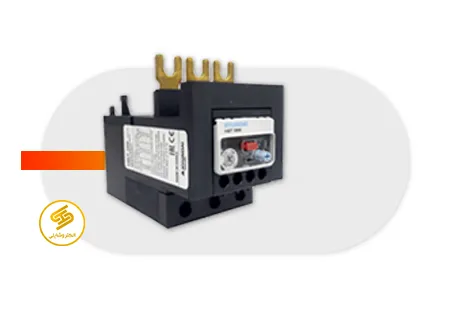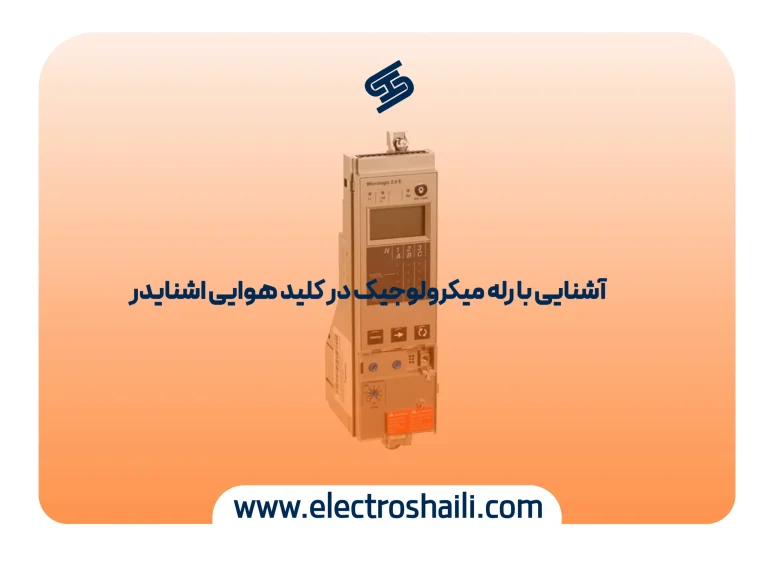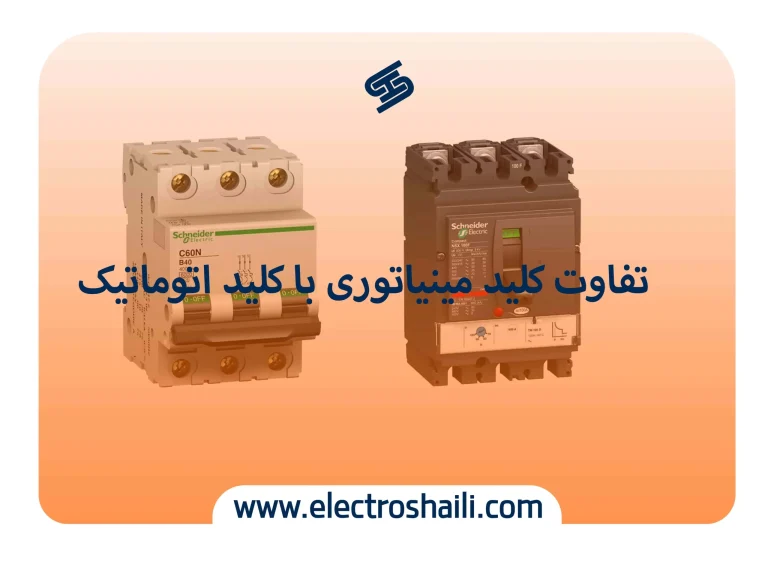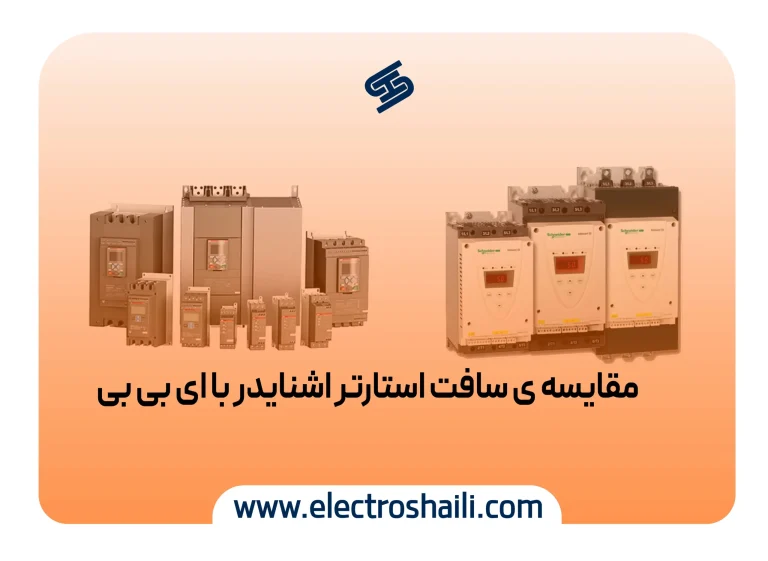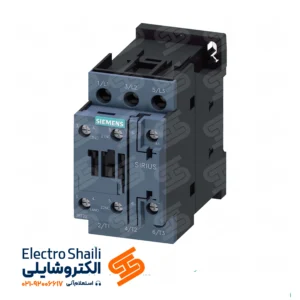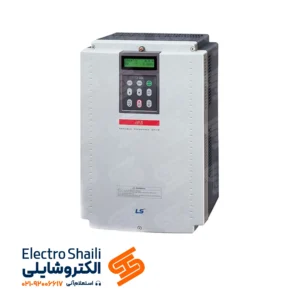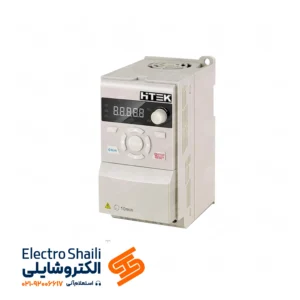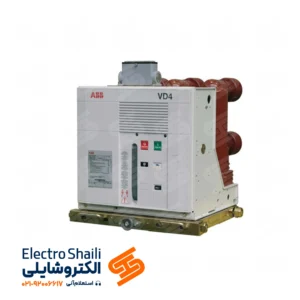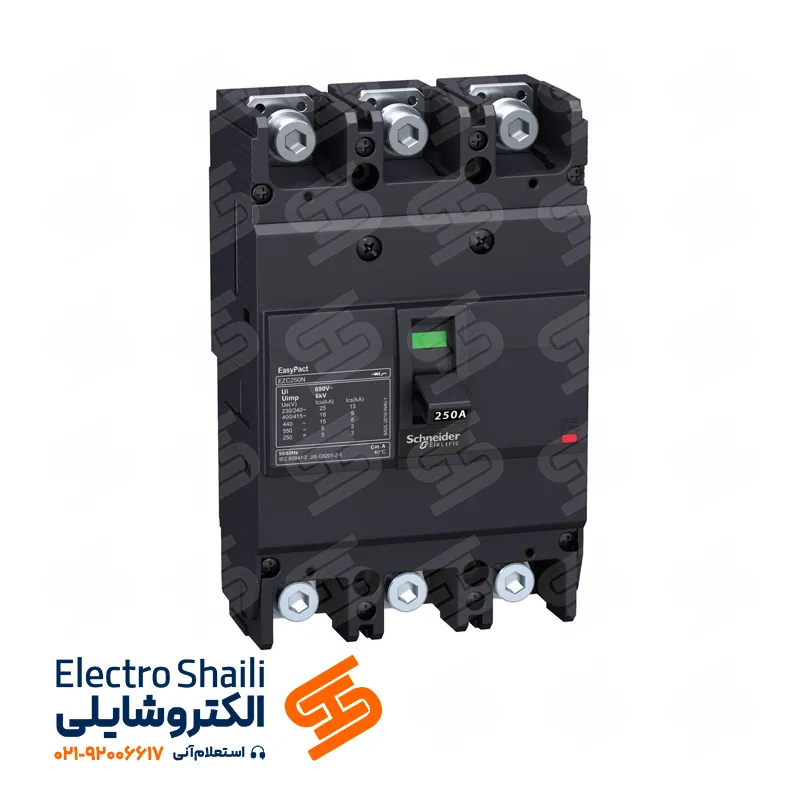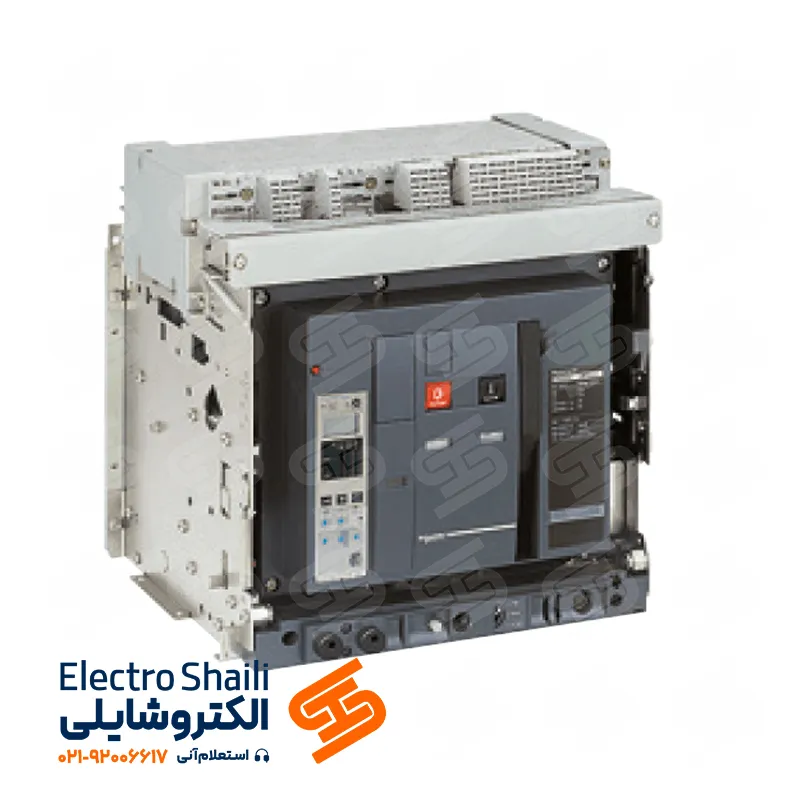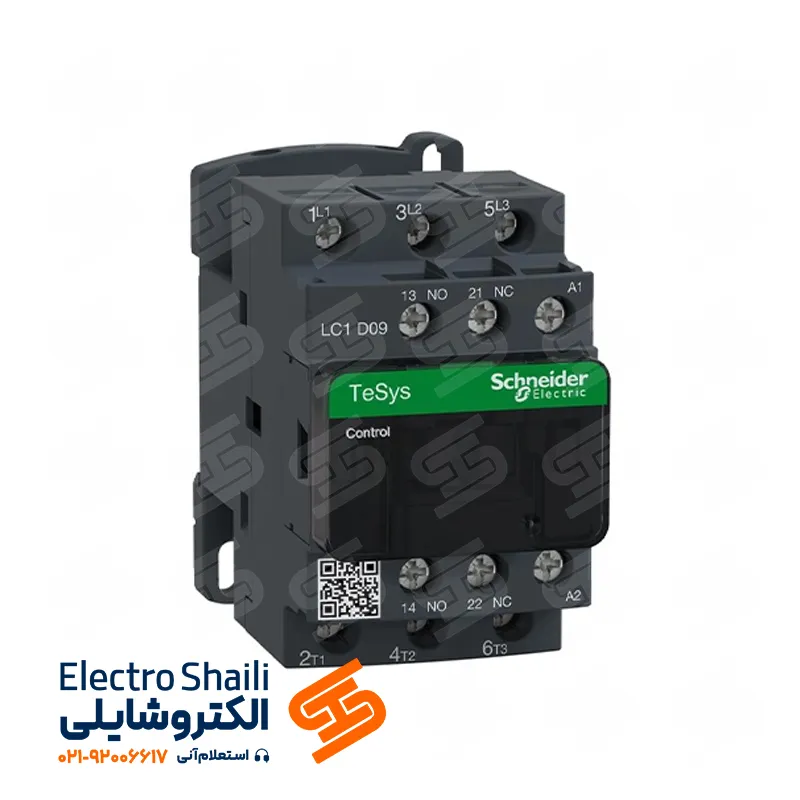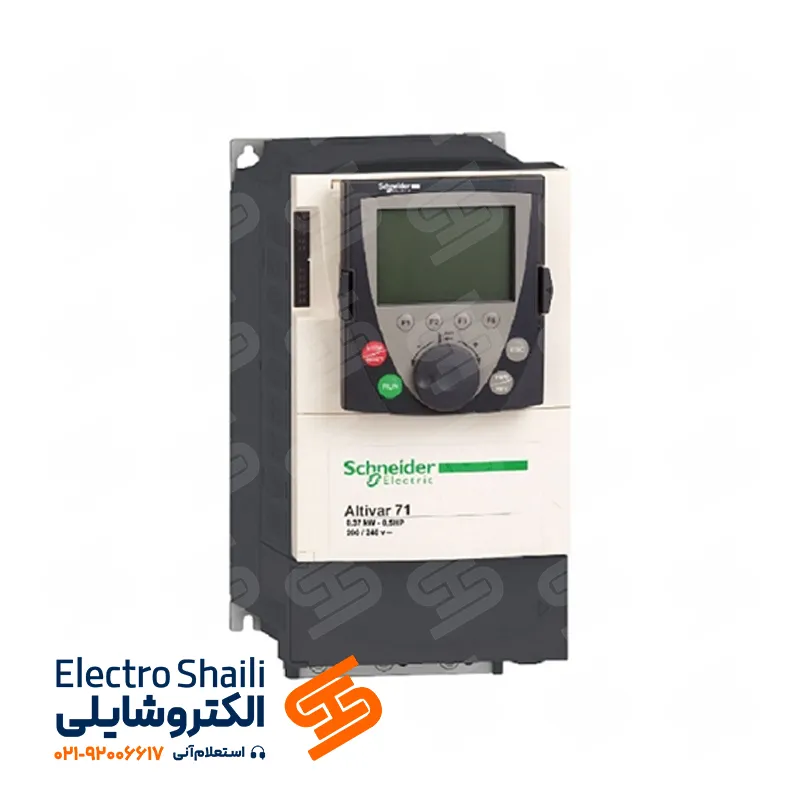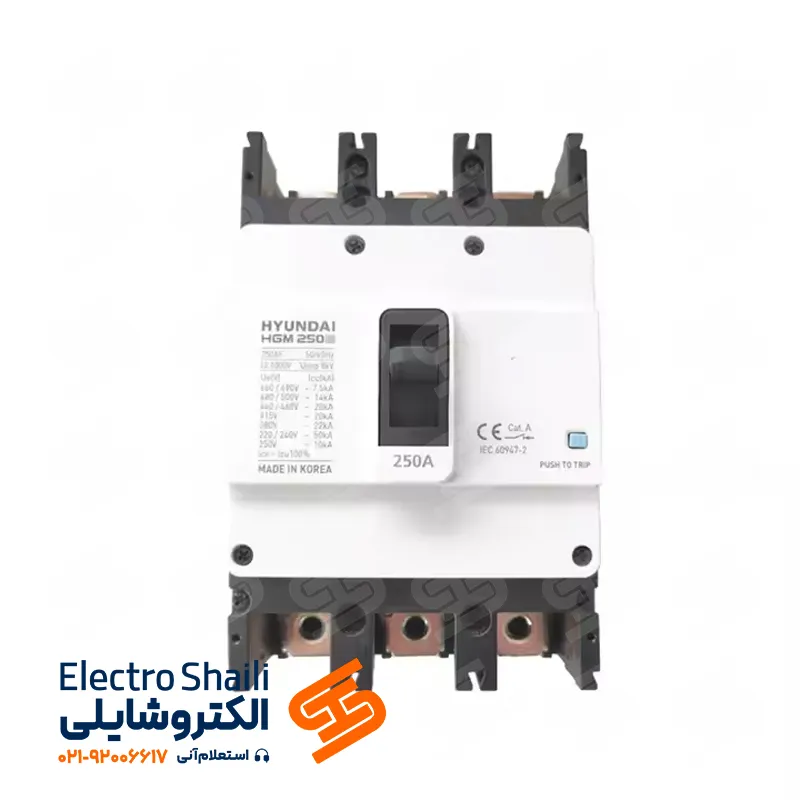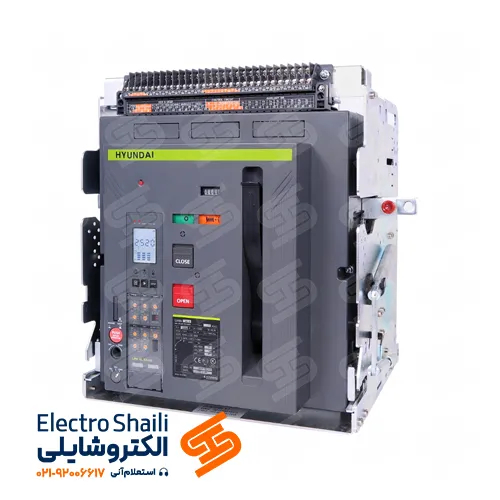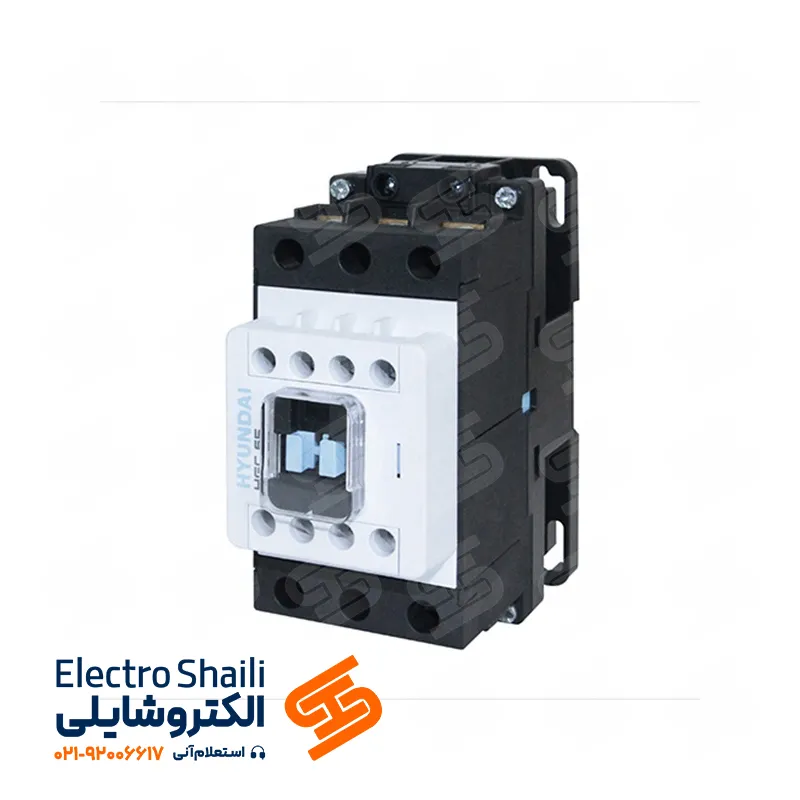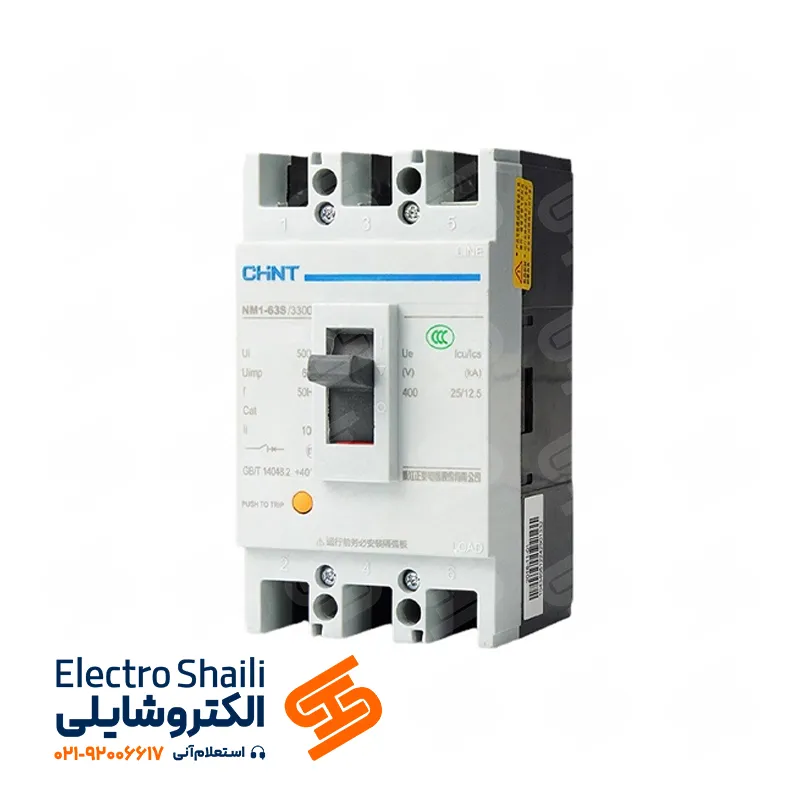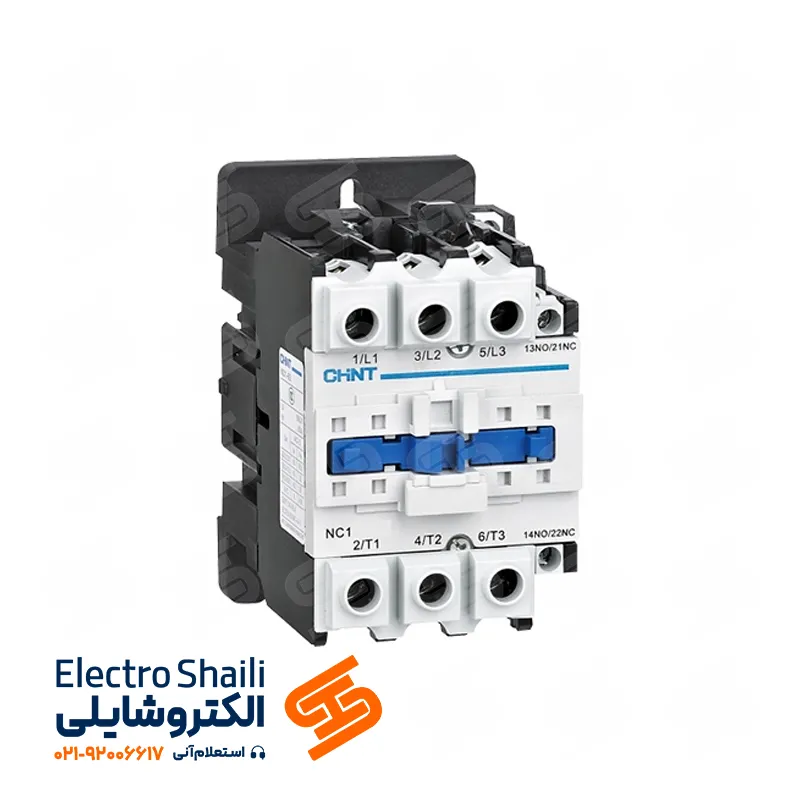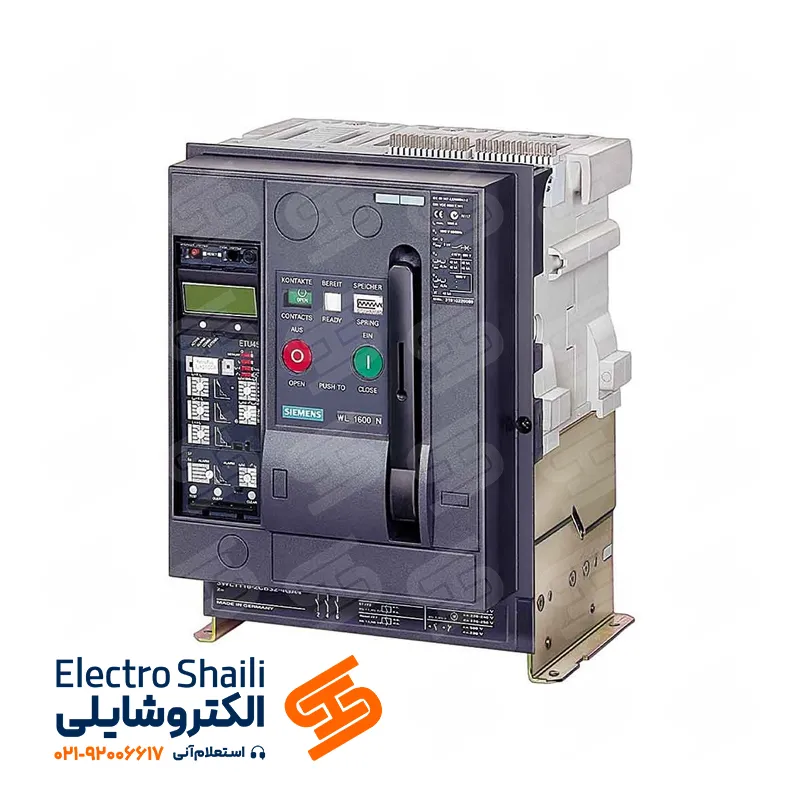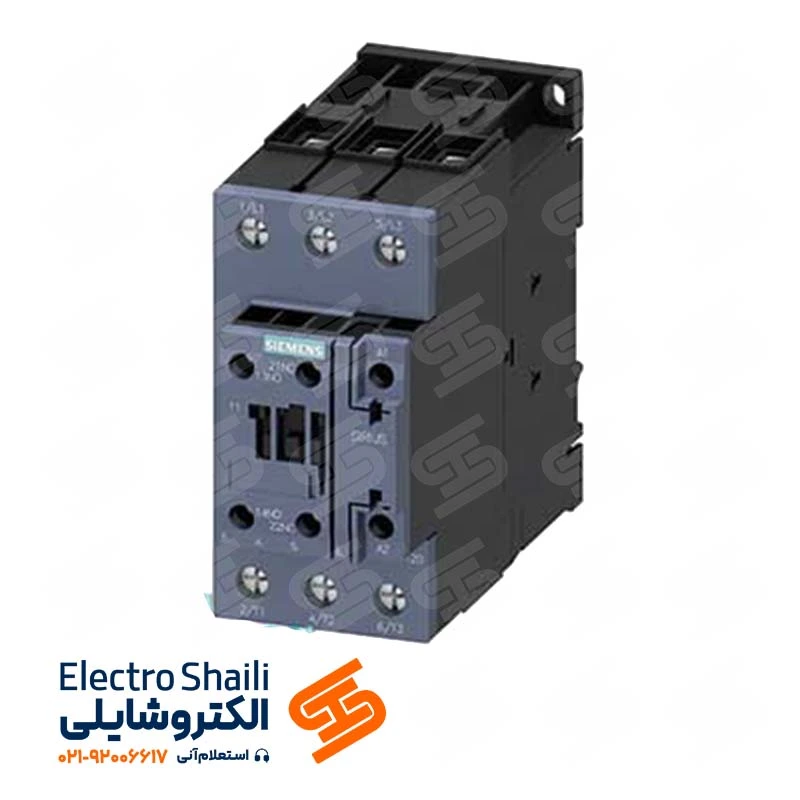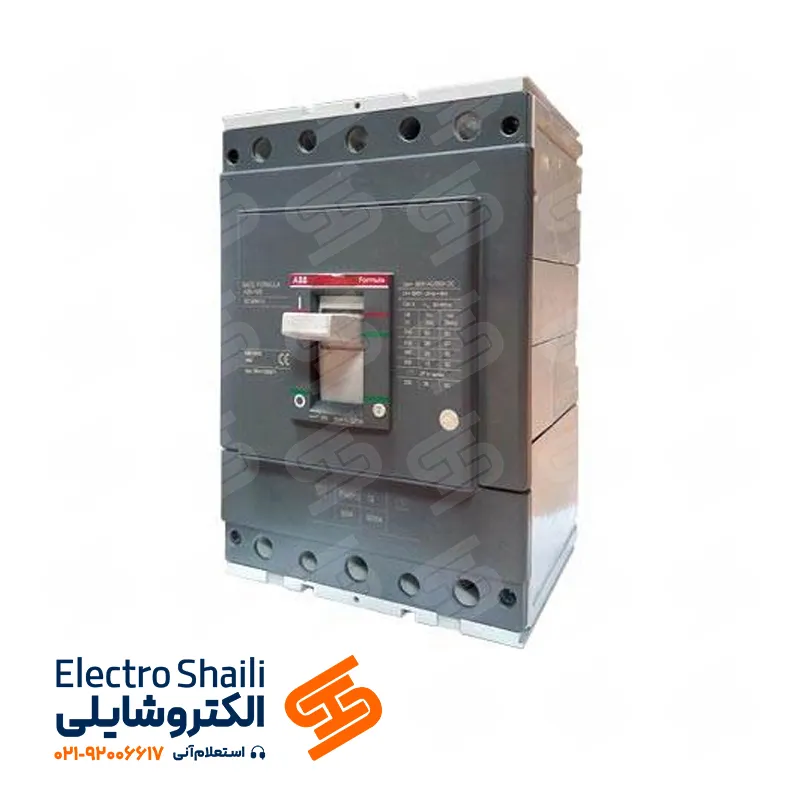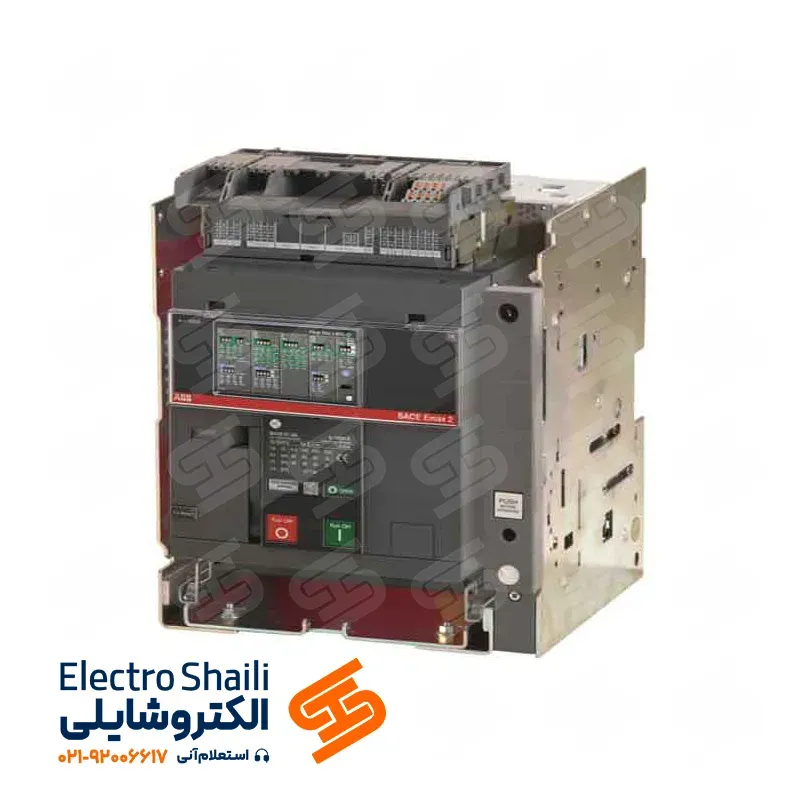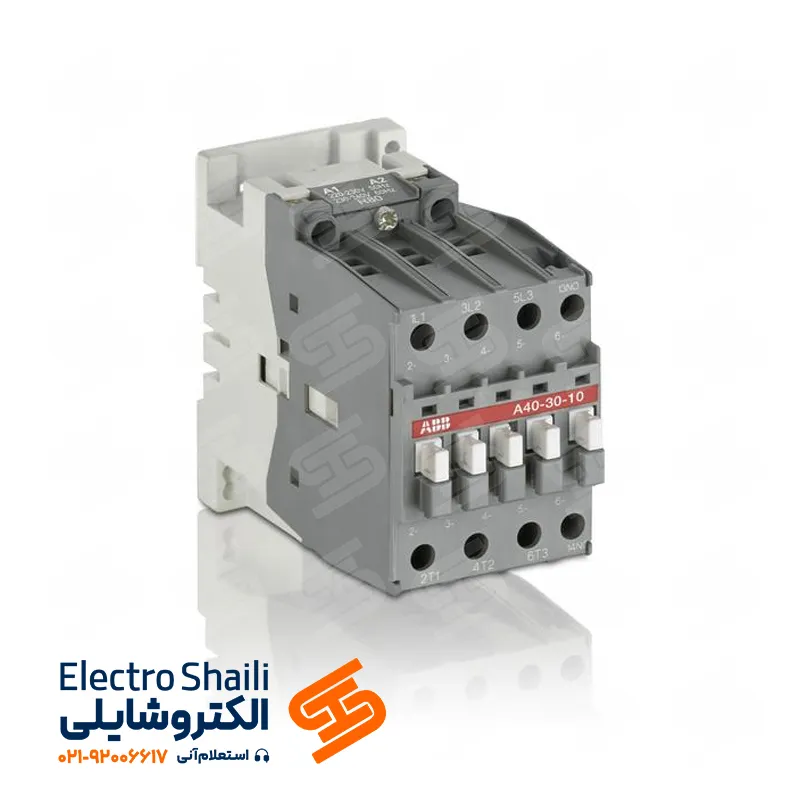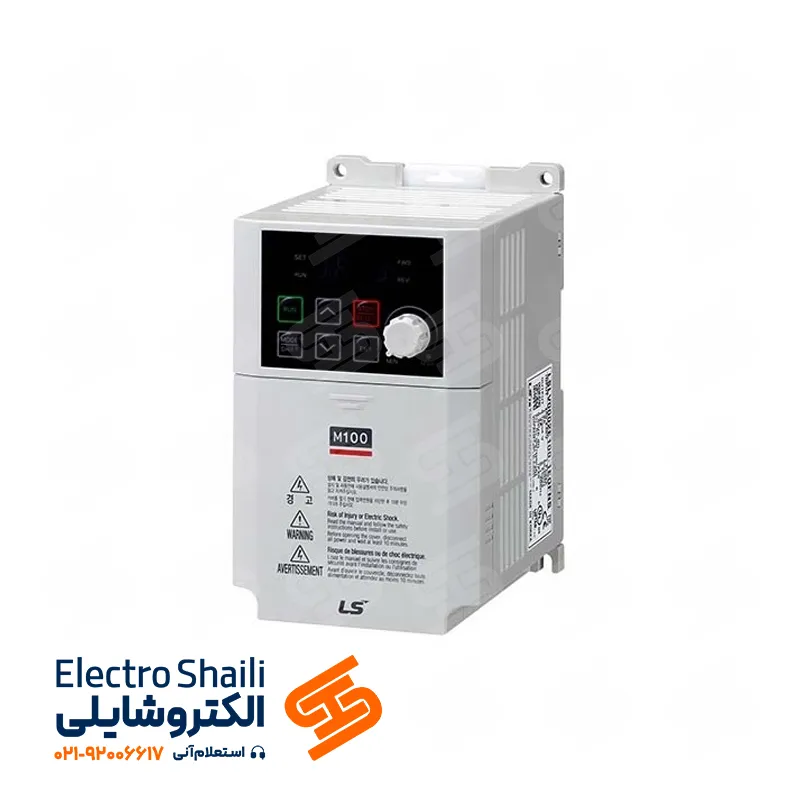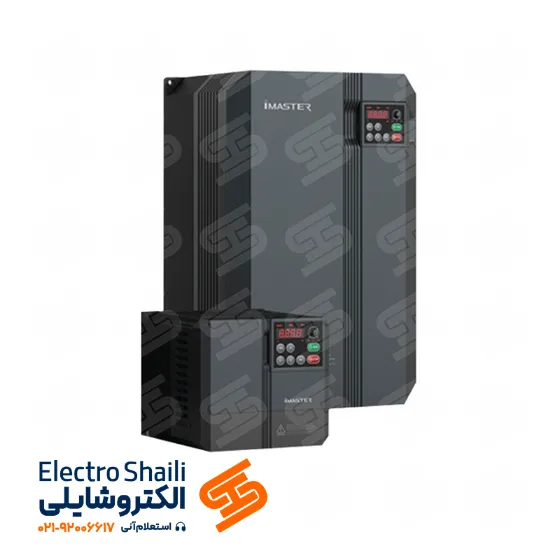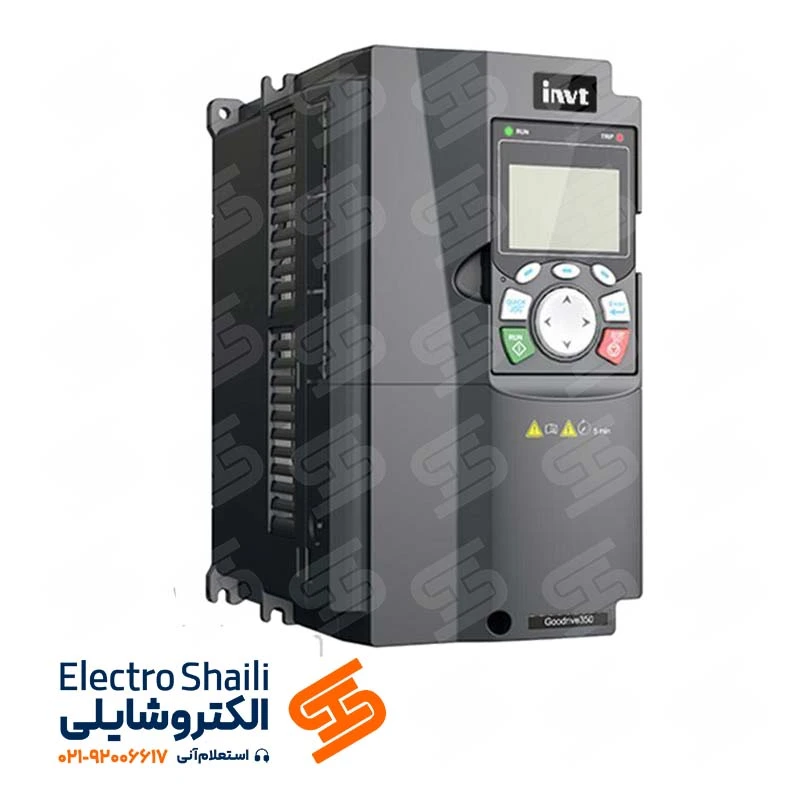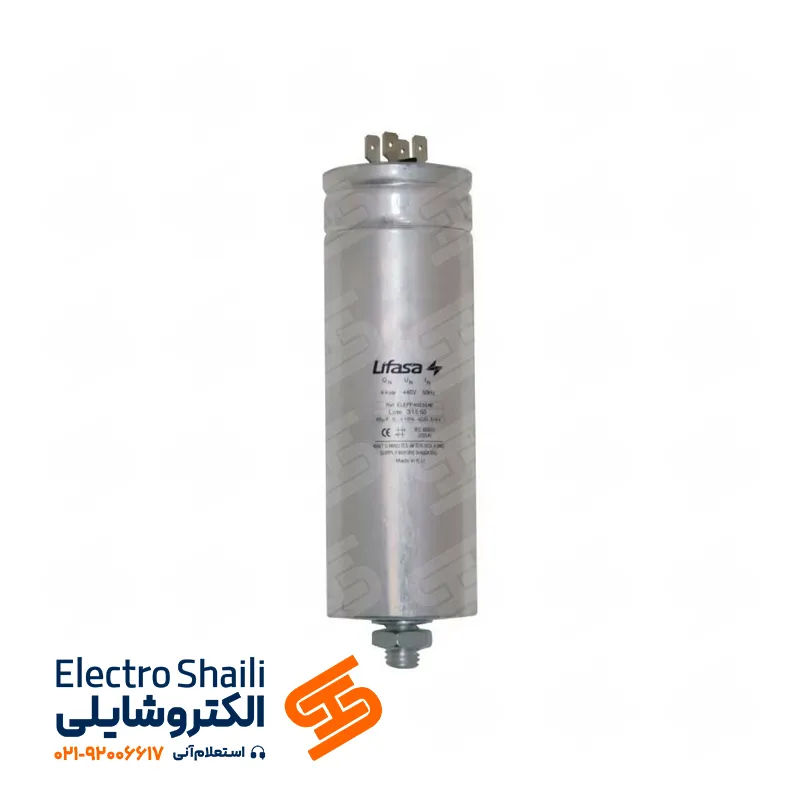buy hyundai bimetal from Iran
Bimetal Hyundai is one of the thermal-sensitive devices manufactured by Hyundai. This bimetal is used in switches and thermal relays. Bimetal Hyundai is made by combining two different layers of metal, which change shape with temperature variations. This shape change, due to the different expansion rates of each layer at high temperatures, creates a thermal-sensitive function.
Bimetal Hyundai is used as a thermal-sensitive element in protective systems. When the temperature rises to a certain limit, Bimetal Hyundai changes its shape, thus activating the interruption of the electric current. This function helps motors and other electrical equipment requiring thermal protection. With Bimetal Hyundai activated, the electric current is automatically interrupted, preventing serious damage to the motor and other devices.
High-quality Bimetal Hyundai has the capability of quickly responding to temperature changes and precision in thermal performance. These devices prevent thermal hazards to motors and other electrical devices through temperature control, serving as a crucial component in industrial electrical protection systems.
Types of Bimetal Hyundai Relays
Hyundai produces various types of bimetal relays, each designed for specific applications. Here’s an introduction and overview of some common models:
HGT Series Bimetal Relay
This series of bimetal relays are used to protect electric motors from overload and excessive heating.
HGT series bimetal relays are manufactured in various sizes and current ranges.
Key features of this series include precise current adjustment, rapid performance, and long lifespan.
ET Series Bimetal Relay
This series of bimetal relays are used to protect single-phase and three-phase motors from overload and excessive heating.
ET series bimetal relays feature manual and automatic current adjustment.
Key features of this series include affordable pricing, easy installation, and model diversity.
HM Series Bimetal Relay
This series of bimetal relays are used to protect high-power electric motors from overload and excessive heating.
HM series bimetal relays feature high current range and precise current adjustment.
Key features of this series include adjustable protective class, reliable performance, and long lifespan.
HGR Series Bimetal Relay
This series of bimetal relays are used to protect electric motors from overload, excessive heating, and phase loss.
HGR series bimetal relays feature high current range and precise current adjustment.
Key features of this series include adjustable protective class, reliable performance, and long lifespan.
HR Series Bimetal Relay
This series of bimetal relays are used to protect electric motors from overload, excessive heating, and voltage fluctuations.
HR series bimetal relays feature high current range and precise current adjustment.
Key features of this series include adjustable protective class, reliable performance, and long lifespan.
Considerations for Bimetal Relay Selection
When selecting a bimetal relay, attention should be paid to the following factors:
Rated motor current
Required protective class
Type of motor (single-phase or three-phase)
Supply voltage
Relay current range
Additional features such as automatic current adjustment, phase loss protection, and voltage fluctuation protection.
What is Bimetal?
Bimetal is a composite material consisting of two layers of different metals. These two layers are usually composed of metals with different thermal expansion coefficients that are permanently bonded together. Common types of metals used include nickel, stainless steel, aluminum, and copper.
Due to its thermal deformation property, bimetal is used in the construction of thermal relays. When exposed to temperature changes, different layers of bimetal briefly change their shape and form with temperature variations. This shape change triggers a thermal switch or relay, which ultimately interrupts or connects the electric current.
The use of bimetal thermal relays in relays and thermal switches is due to its thermal deformation property. With increasing temperature, bimetal changes its shape, activating the relay. This feature is crucial for protecting circuits and electrical equipment, as relays are capable of interrupting electric current in case of inappropriate temperature or current increase, thus protecting electricity and equipment from serious damage or fire.
Role of Bimetal in Electrical Panels
Its role in electrical panels is primarily explained in the following two sections:
Thermal Overload Relay: Thermal overload relays, using bimetal, are employed in protective systems for motors and electrical devices. Installed in electrical panels, these relays, when the motor current or temperature exceeds the permissible limit, perform the function of interrupting the current flow. Bimetal is used as a thermal-sensitive element in thermal overload relays. With temperature rise, bimetal changes its shape, activating the thermal overload relay, which consequently interrupts the current flow, protecting the motor from serious damage or fire.
Thermal Switches: Some electrical equipment in electrical panels, such as relays, contactors, and switches, are equipped with thermal switches. These switches also utilize bimetal. In case the temperature exceeds the permissible limit, bimetal changes its shape, activating the thermal switch. This results in interrupting the electric current and protecting the equipment from thermal hazards and serious damage.
Bimetal Components
Bimetal consists of two layers of metal with different coefficients of thermal expansion combined together. The components of bimetal include:
Hot Layer: The hot layer of bimetal comprises a metal with a larger coefficient of thermal expansion, which quickly changes its shape with an increase in temperature. This layer is directly in contact with the heat source.
Cold Layer: The cold layer of bimetal consists of a metal with a smaller coefficient of thermal expansion, which is less prone to change its shape in response to temperature variations. This layer is directly in contact with the surrounding environment.
The combination of these two metal layers forms bimetal to provide the thermal expansion characteristics. When subjected to temperature changes, the hot layer of bimetal changes its shape more rapidly and significantly compared to the cold layer, creating mechanical stresses in the bimetal structure.
In summary, the components of bimetal include the hot layer and the cold layer. This combination of two metal layers with different coefficients of thermal expansion allows bimetal to change its shape in response to temperature variations and is used in various equipment, including thermal relays and thermal switches.
Difference Between Bimetal and Motor Protection Circuit Breaker Thermal Relay
Bimetal and Motor Protection Circuit Breaker (MPCB) thermal relays are both used for motor protection, but they have differences in terms of concept and functionality:
Functionality:
Bimetal: A bimetal relay is a thermal-sensitive element that responds to temperature changes and changes its shape in response to an increase in temperature. In the case of motor protection, bimetal is typically used in switches and thermal relays. By changing shape due to temperature increase, bimetal interrupts the electrical current, protecting the motor from thermal hazards and serious damage.
MPCB Thermal Relay: MPCB is a protective switch used to protect motors against overcurrent, unstable voltage, pressure reduction, and other operational hazards. These switches usually have various protective settings that can adjust the allowable current and voltage based on motor characteristics and user requirements. In the event of protection errors, the MPCB thermal relay cuts off the electrical current, protecting the motor from serious damage and operational hazards.
Type of Use:
Bimetal: Bimetal is generally used in switches and thermal relays designed to protect motors and other electrical devices from temperatures exceeding the specified limits.
MPCB Thermal Relay: The MPCB thermal relay is used as a comprehensive and advanced unit in industrial electrical equipment. These switches have advanced protective functions designed to protect motors from overcurrent, unstable voltage, pressure reduction, and other operational hazards. Features of MPCB thermal relays include:
Multiple Protection: MPCB thermal relays have multiple protections such as overcurrent protection, unstable voltage protection, pressure reduction protection, and other motor performance-related protections. These protections are adjustable and determinable through adjustable settings and parameters in the MPCB thermal relay.
Adjustability: The MPCB thermal relay allows adjustment of protective parameters such as cutoff current and voltage, operation time, and other related parameters. This adjustability enables users to set protective parameters based on specific motor and load requirements.
Precise On/Off Performance: The MPCB thermal relay can accurately identify overcurrent and quickly cut off the current if necessary, ensuring precise and reliable operation to protect the motor from serious damage and operational hazards.
Introduction to Hyundai Electric Company
Hyundai Electric Company is one of the prominent companies in the field of manufacturing and supplying industrial electrical and automation equipment. With its experience and modern technology, the company produces high-quality products with reliable performance and is well known in the global market.
Hyundai Electric Company, as a reputable manufacturer, produces a variety of products in the field of industrial electrical and automation equipment. The company’s products include various switches, relays, contactors, miniature circuit breakers, thermal switches, pneumatic switches, and other equipment related to industrial electricity and automation.
Hyundai Electric Company’s products are designed and manufactured according to international standards and are presented using advanced technology and modern techniques. These products, due to their quality, performance capability in harsh industrial conditions, and resistance to various pressures and environmental conditions, are used in various industrial sectors.
With its experience and expertise, Hyundai Electric Company, as one of the industry leaders in industrial electrical and automation equipment, has a strong presence in the global market and offers its customers high-quality products, reliability, and appropriate after-sales services.

